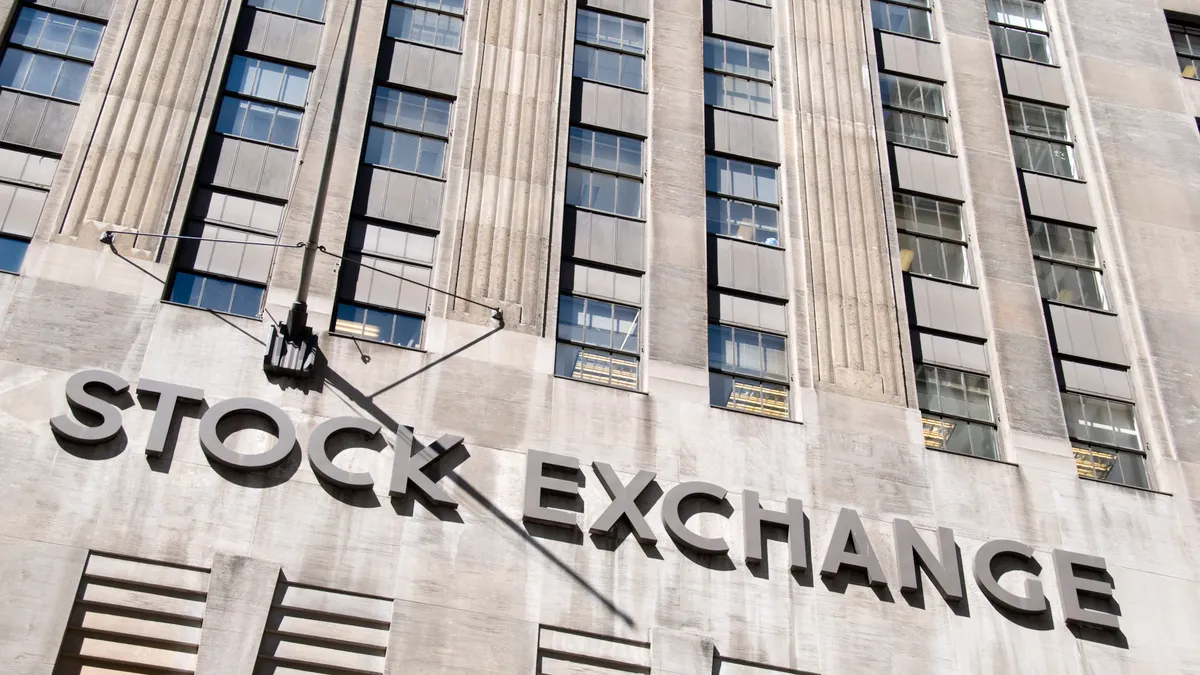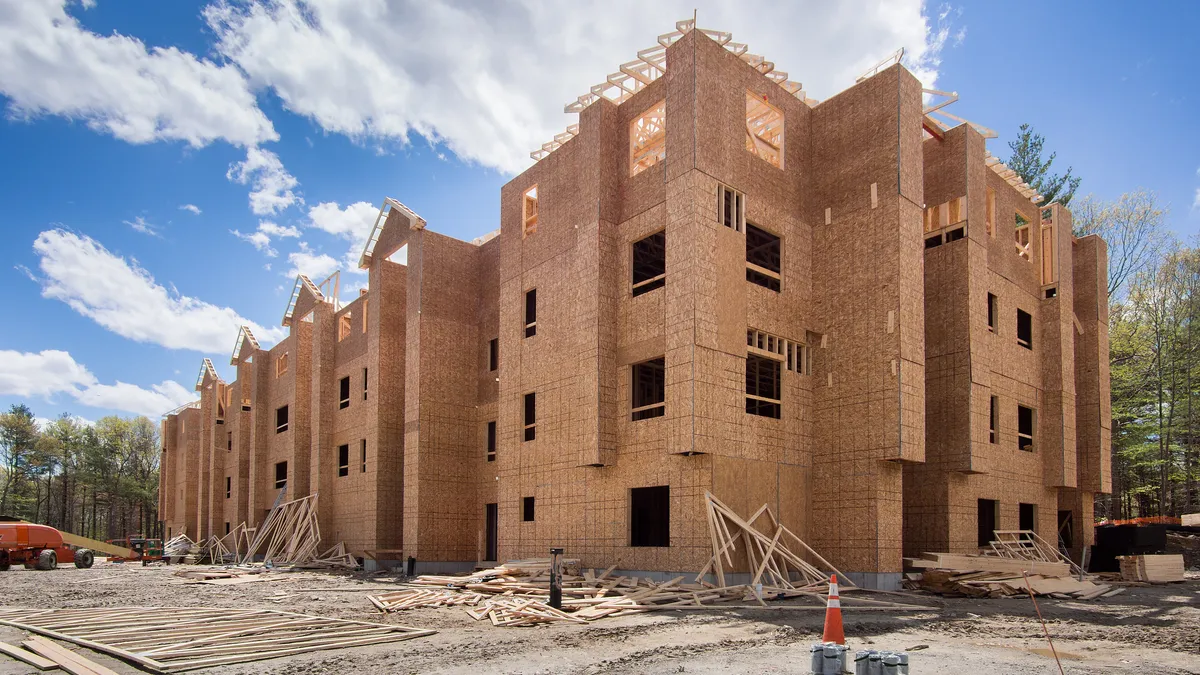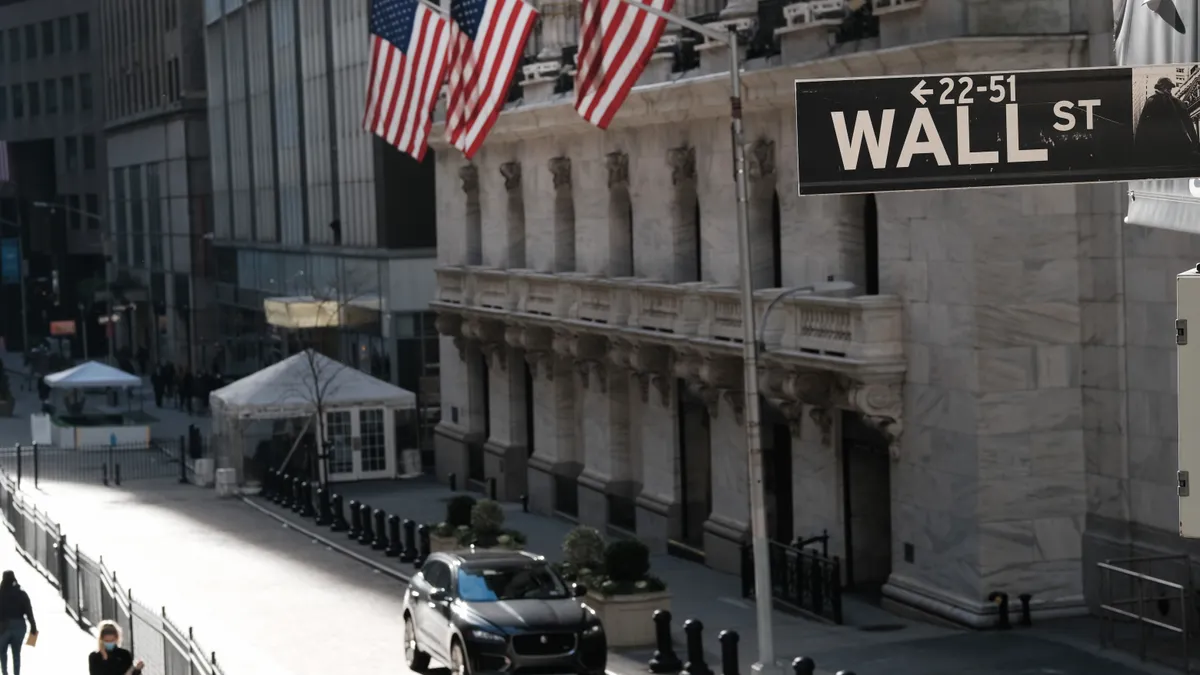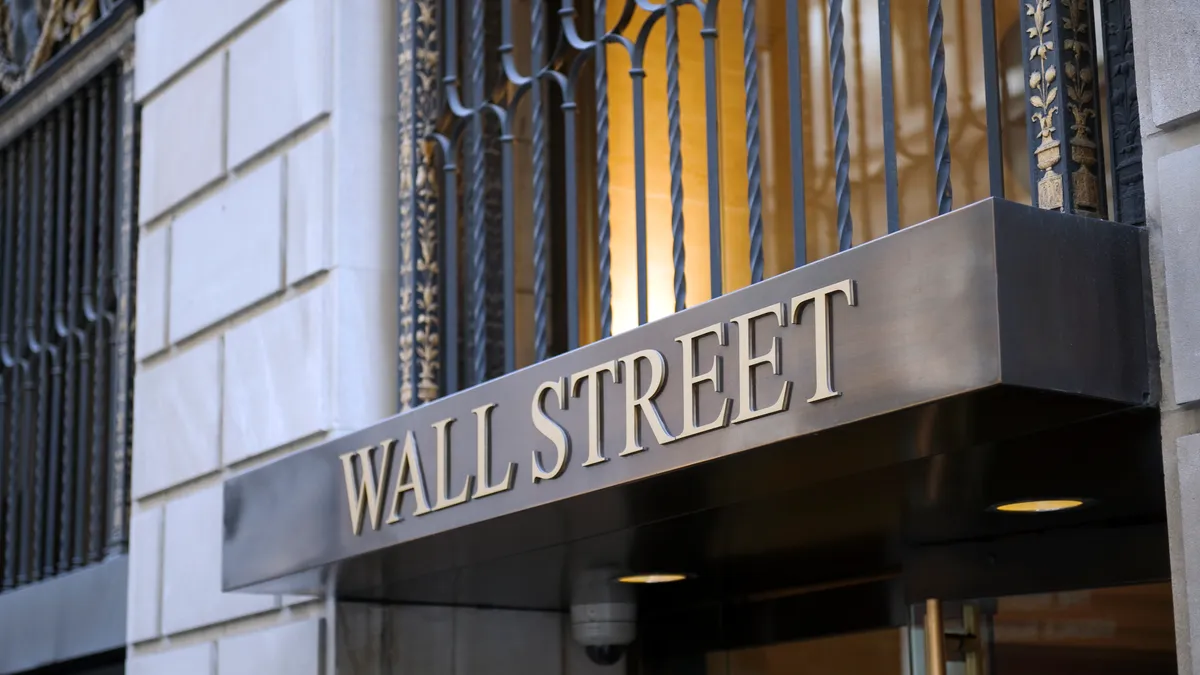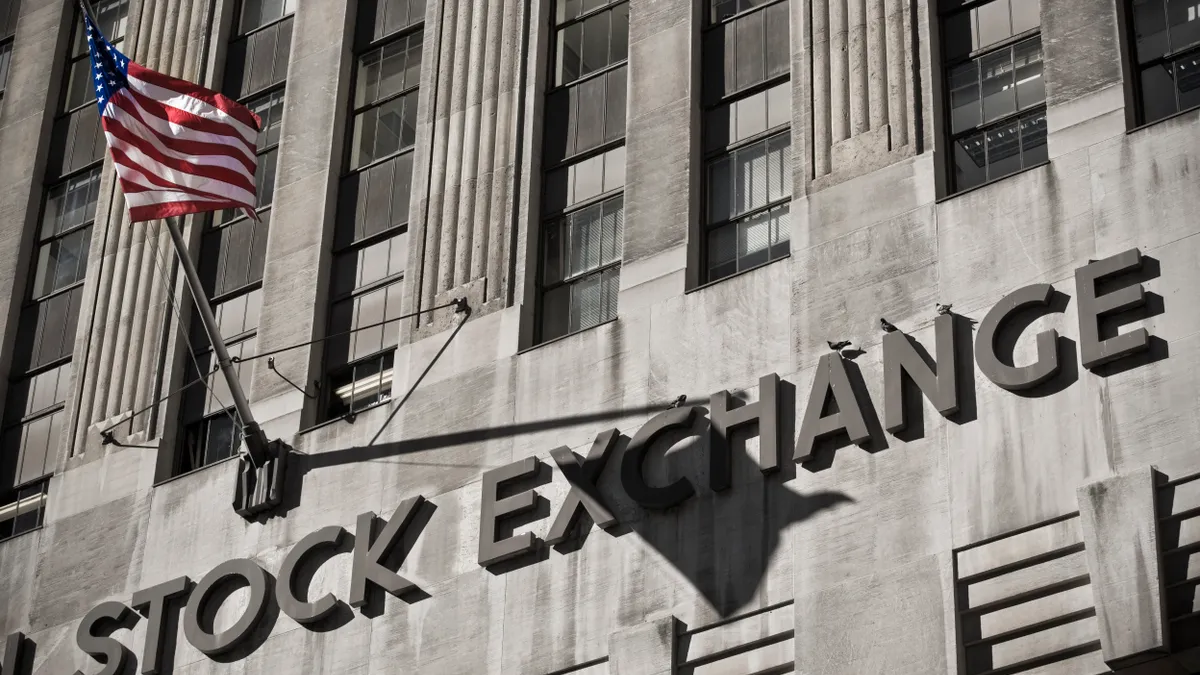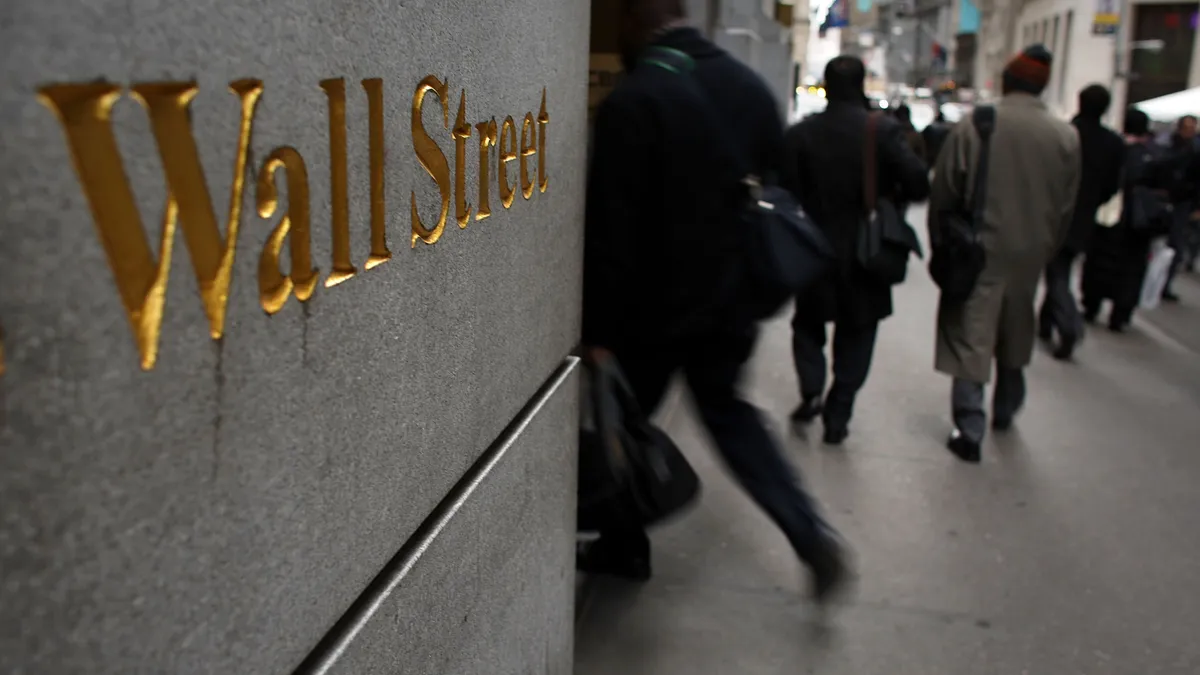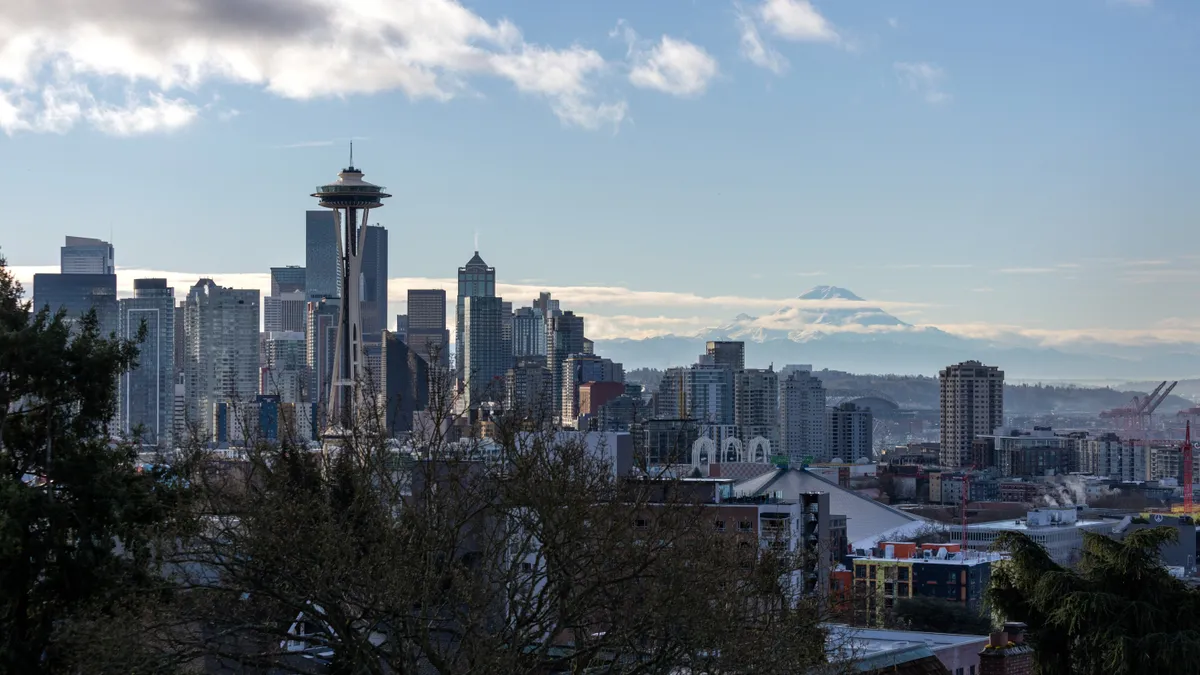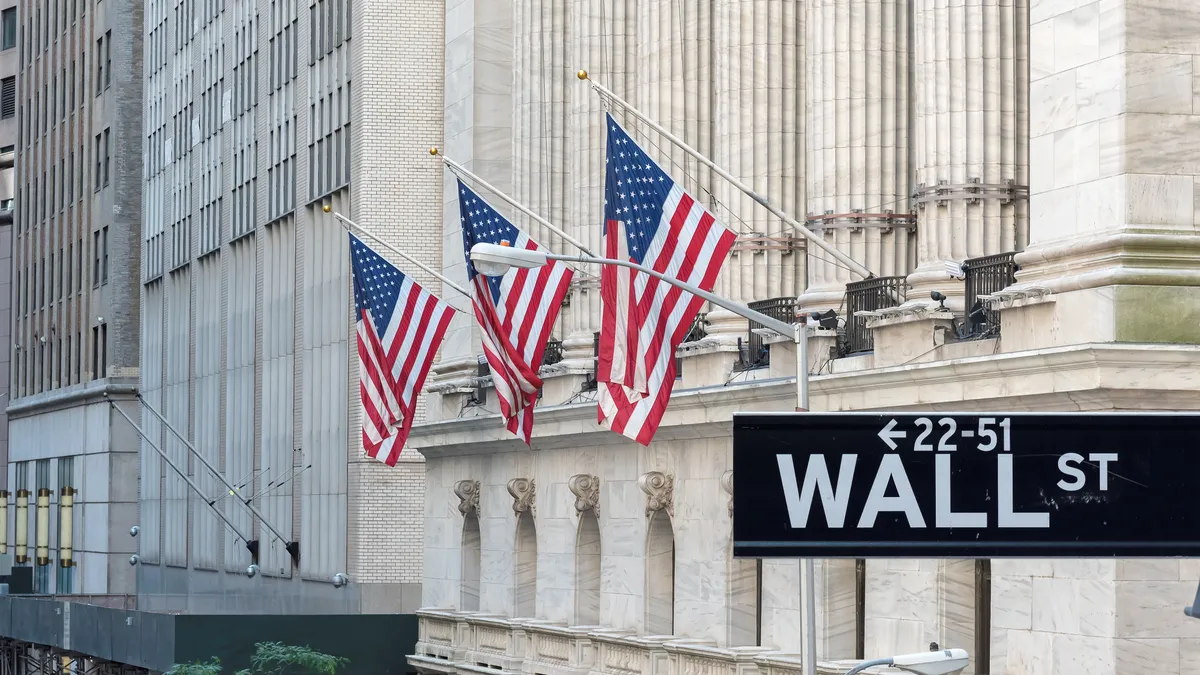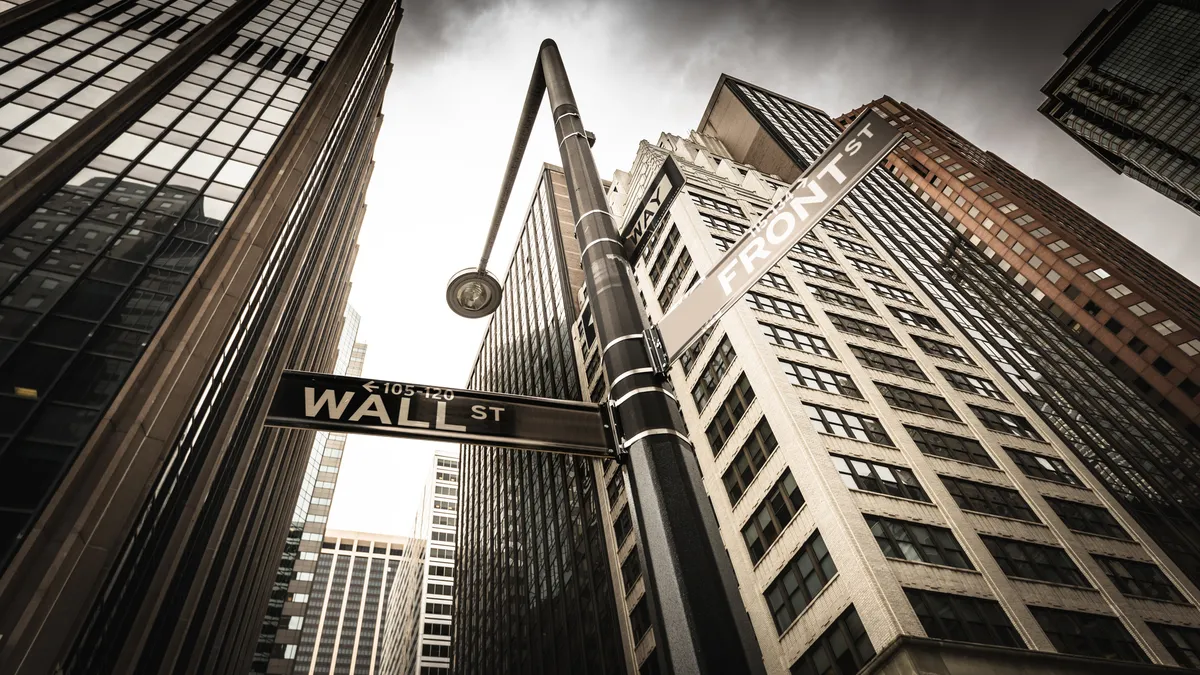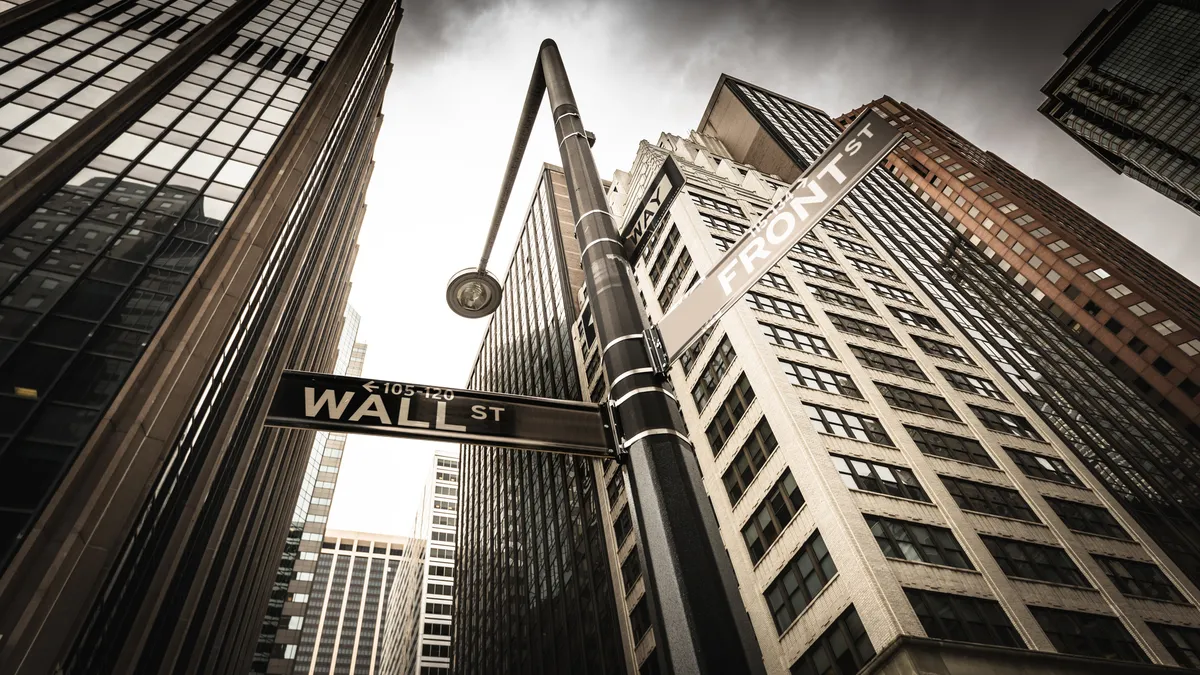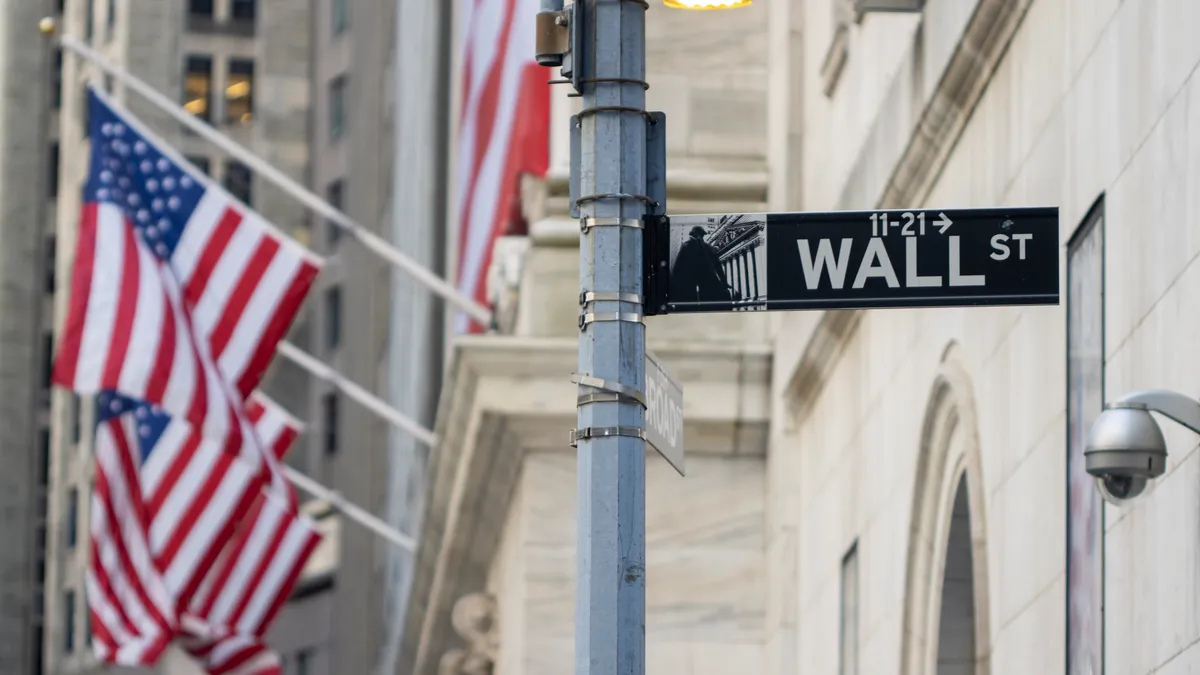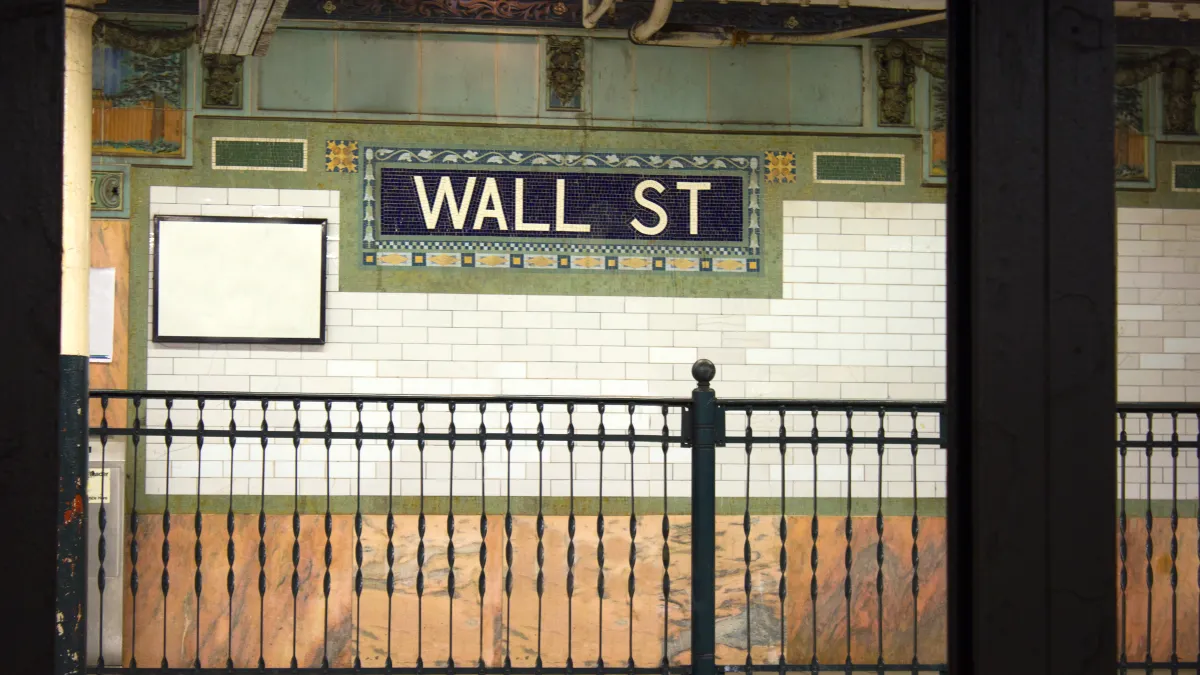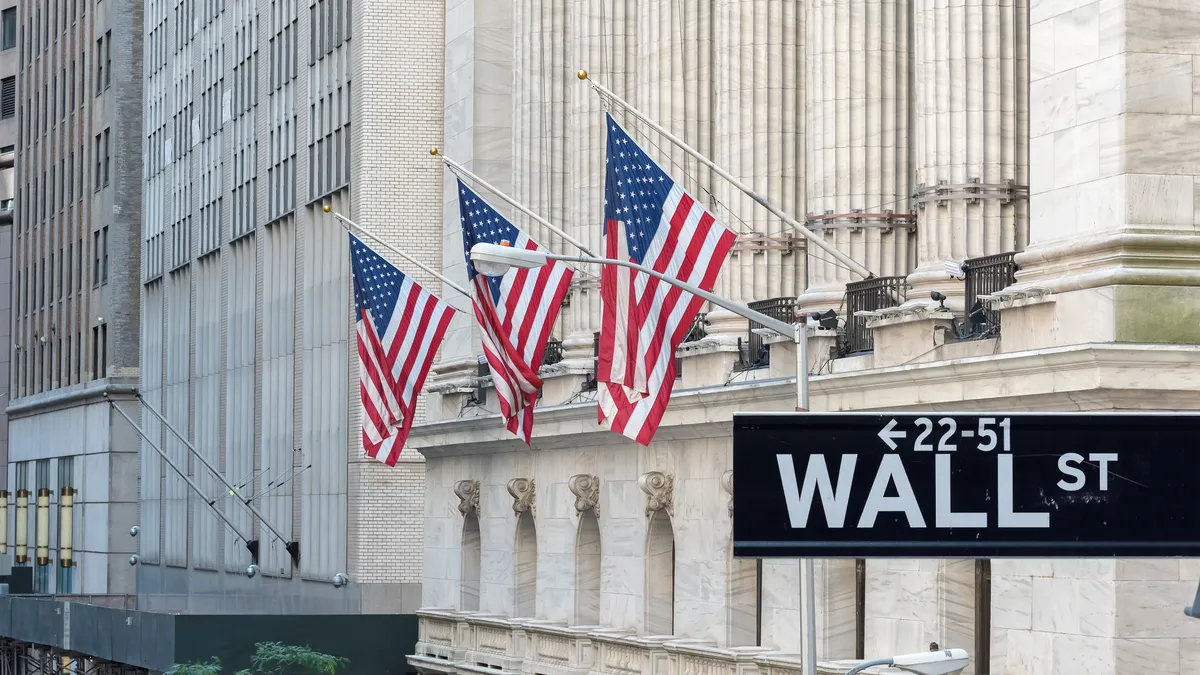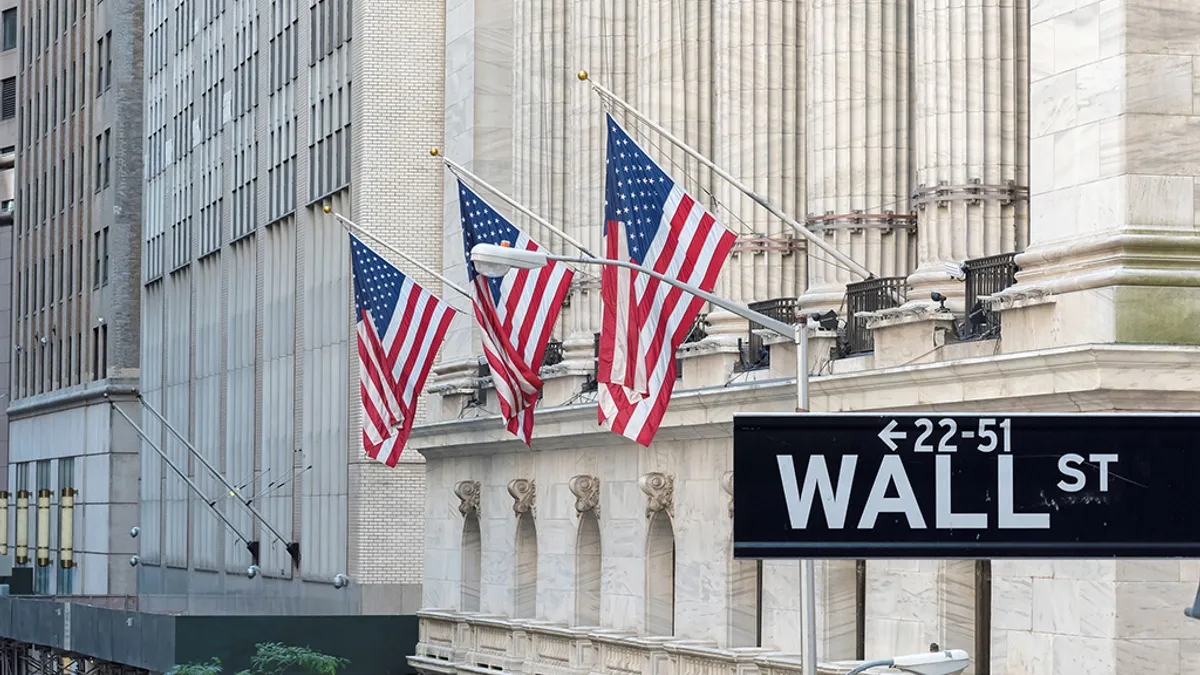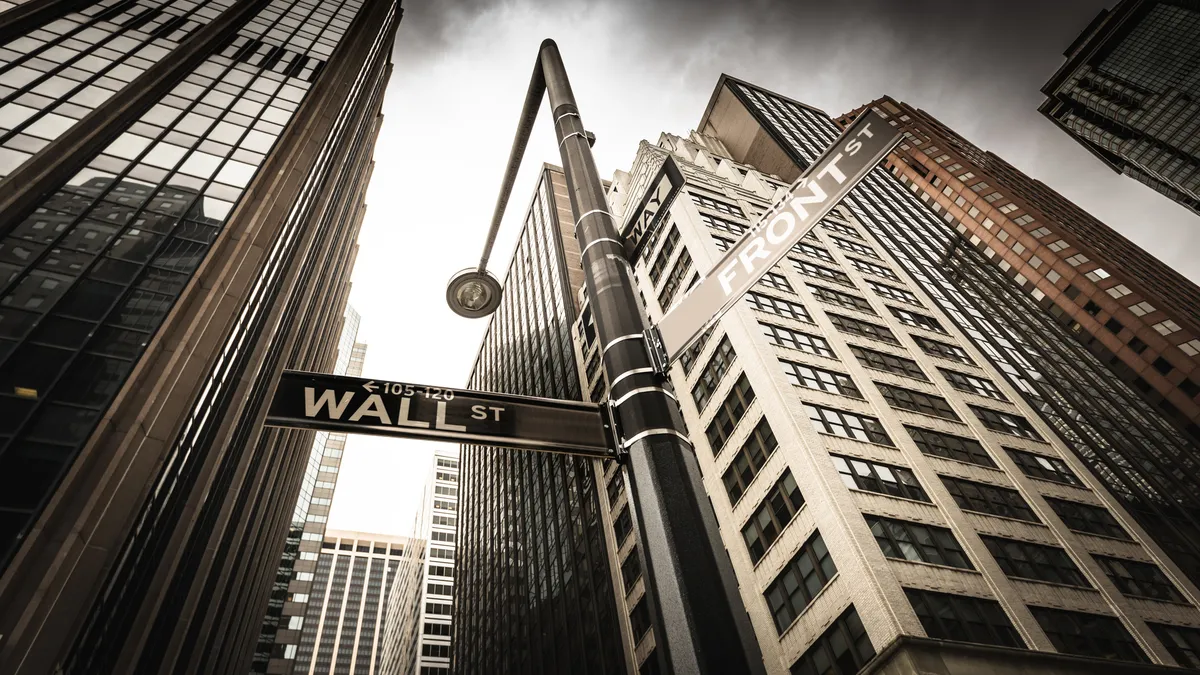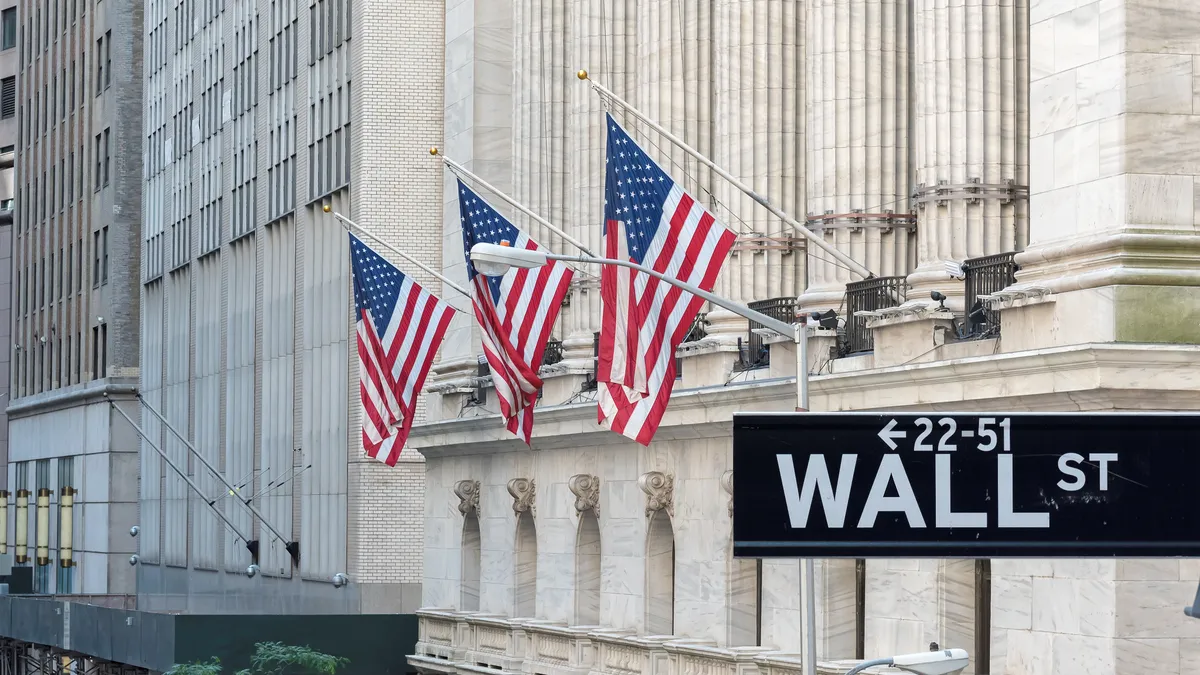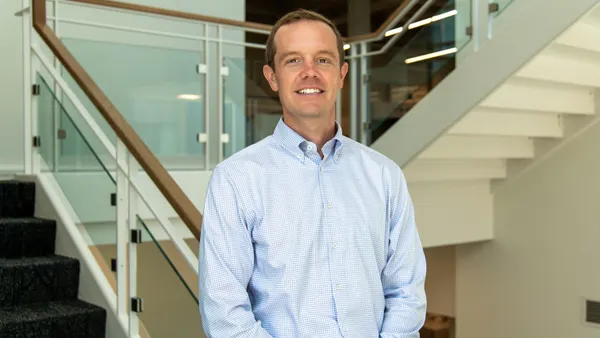Equity Residential wrapped up the second-quarter 2025 earnings season among the large apartment REITs with “solid operating performance that effectively met expectations” and a good outlook for the third quarter, according to Haendel St. Juste, managing director of REITs for investment bank Mizuho Securities.
“EQR outlined 3Q guidance that appears to meet expectations, with a slight sequential deceleration in blends and a [funds from operations] range that sits above consensus at midpoint,” St. Juste wrote in a research report shared with Multifamily Dive.
Blended rent rate growth, a major topic of conversation on second-quarter REIT calls, came in at 3% for the Chicago-based firm. Renewals rents of 5.2%, with 60% of residents renewing in the quarter, powered that growth.
“New lease rate was slightly negative in the quarter, which reflects that while there is good demand, it is a bit price sensitive and concession use continues in a number of our markets, particularly those with heavy supply,” chief operating officer Michael Manelis said on EQR’s Q2 earnings call earlier this month.
EQR expects rent growth to continue to moderate into Q3 and Q4. The REIT is still relying on concessions in some markets.
“We used more concessions in the second quarter than we originally expected,” Manelis said. “Overall, we averaged about seven days of concessions per move-in, which is down from the first quarter, but still about a day more than what we would have expected.”
Here's a market-level look at EQR’s performance in Q2:
Urban strength returns
With a collection of properties in urban centers of coastal markets, EQR has seen conditions in Q2 improve as supply declines and major cities recover from COVID-19-era issues.
“We are already seeing strong revenue results in places like New York City and downtown San Francisco, where supply has already abated and with more supply declines on the way,” CEO Mark Parrell said on the call.
New York City posted the highest occupancy and blended rate growth in EQR’s portfolio. “With demand being driven by a steady job market, we continue to expect this market where we have a predominantly urban portfolio to be one of our best-performing markets in 2025,” Manelis said.
Boston had steady demand and Washington, D.C., posted high occupancy and strong rent growth. However, cuts to research funding in Boston and federal jobs in the nation’s capital could provide some challenges in the second half of the year.
On the West Coast, San Francisco was a standout performer with blended rent growth of 5.8% — the top in EQR’s portfolio. “This is a great example of where we saw a recovery in full force and drove very robust seasonal price acceleration, including the pullback on concessions,” Manelis said. “Tech jobs are steady with a lot of continued AI focus in the market.”
Steady job growth in the tech sector, along with the return-to-office policies of employers like Amazon and Starbucks, is boosting Seattle. “As expected, supply pressure was felt in the city of Seattle and [the] Redmond submarket, which impacted some of our new lease pricing power,” Manelis said. “But the good news is that most of the concentrated deliveries are behind us.”
As other REITs noted, Los Angeles continued to underperform expectations, though occupancy is good. “Lackluster job growth, driven by a pretty weak entertainment sector along with the quality-of-life issues, are keeping pressure on demand,” Manelis said.
Sun Belt exposure
In Q2, EQR purchased an eight-property portfolio in Atlanta, giving it 22 assets and economies of scale in the metro area. “This is a market we have been favoring in our recent acquisition activity as we expect supply here to decline more quickly than in other Sunbelt markets,” Parrell said.
Overall, EQR’s largely urban same-store portfolio of seven assets in Atlanta is performing within expectations for EQR.
“The urban areas are experiencing a lot of new supply and concession use, but it appears that this submarket found the bottom as we have had a few months of stability with early signs of potential improving conditions,” Manelis said. “Our non-same-store properties … are more suburban focused, will join the same-store set next year and are performing at or slightly better than our underwritten expectations and clearly better than our urban Atlanta properties.”
Modest job growth and high levels of supply, especially downtown, are issues in Denver. “Concession use is heavy in the overall market,” Manelis said. “We have a good pace on our leasing volume, but a fair bit of price sensitivity and deal shopping is impacting new lease growth and making us prioritize retention and renewal rates.”
BY THE NUMBERS
| Category | Q2 | YOY Change |
| Property revenue | $727 million | 2.7% |
| Net operating income | $497.6 million | 2.3% |
| Operating expenses | $229.4 million | 3.7% |
| Funds from operations | $0.98 | 4.3% |
| Rent per unit | $3,187 | 2.6% |
| Occupancy rate | 96.6% | 0.3% |
EQR feels good about Dallas, where its newer non-same-store acquisitions won’t be competing with as much supply, according to Manelis. “Demand is strong due to better-than-average job growth in the market, but concessions are plentiful as the market absorbs supply, particularly in select submarkets,” he said.
Supply is a constant theme throughout EQR’s expansion markets, including Austin, Texas, but those metros also are known as job engines.
“Maybe with the exception of Atlanta, we don't think next year is necessarily the year that all these markets are going to turn around that we're in,” Parrell said. “We think the Sun Belt recovery is much more about absorption than about delivery dates and that the lease-up will take some time.”



